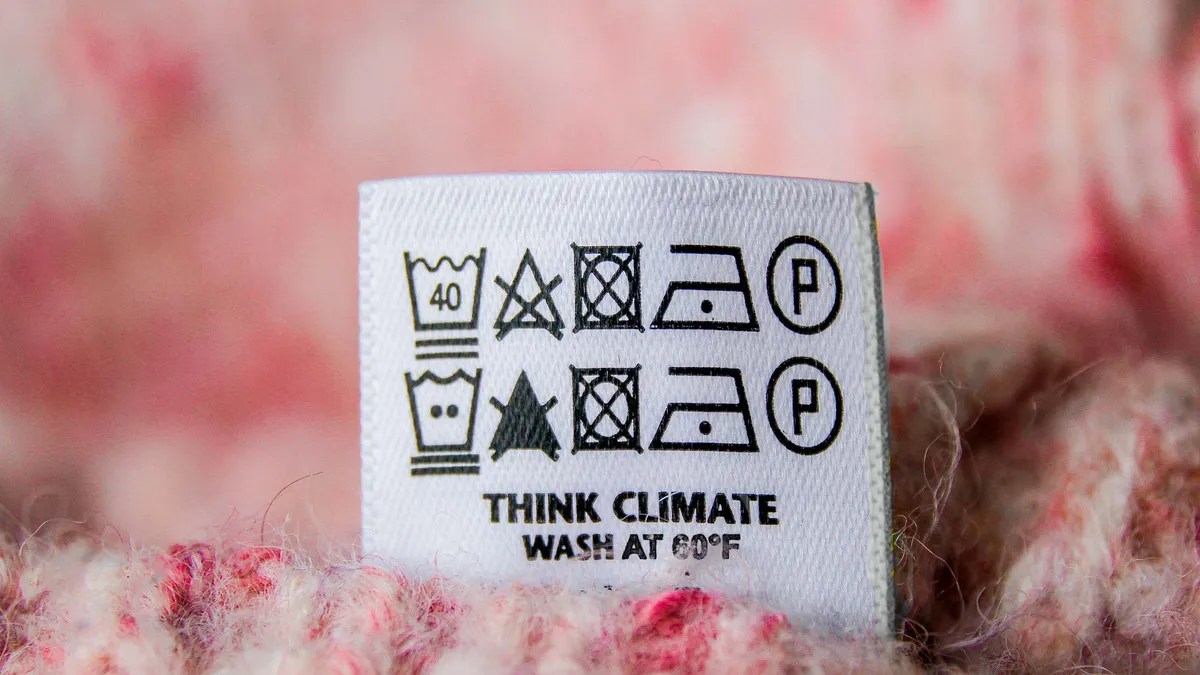It’s no secret that consumers are becoming more concerned about how and where their apparel is produced. They often think about their purchases through the lens of ESG (the environmental, social and corporate governance impact a product has).
Now the apparel industry could potentially be measured by ESG metrics. In January, a bill was unveiled that would make New York the first state in the country to hold the world’s biggest fashion brands responsible for their role in climate change.
The Fashion Sustainability and Social Accountability Act — or Fashion Act, for short — is sponsored by New York State Sen. Alessandra Biaggi and Assemblywoman Anna R. Kelles and backed by a coalition of nonprofit groups focused on fashion and sustainability. If passed, it will apply to global apparel and footwear companies with more than $100 million in revenue that do business in New York. In short, almost every big global brand.
Supply chain transparency
The objective of the Fashion Act is to require retailers and manufacturers to disclose their environmental and social due diligence policies.
Specifics of the bill would basically require companies to disclose 50% of their supply chain, beginning with the farms where the raw materials originate through factories and shipping. All along the supply chain, these companies would have to reveal which point in the production of a garment has the biggest social and environmental impact. This would apply to fair wages, energy, greenhouse gas emissions and water and chemical management.
Companies would then have to make plans to reduce their impact. Finally, firms would have to reveal their material production volumes — meaning how much cotton, leather or silk they sell. Online access to all this information would also be required. Sponsors of the bill hope to bring it to a vote later this spring.
“So much of this bill could change tomorrow, but the spirit of it basically means that as an apparel company, you’re going to have to do a lot more work into detailing who your supplier’s supplier is,” said Eric Fisch, senior vice president and sector head of retail and apparel for HSBC Commercial Bank. “Historically, companies didn’t have to reveal this.”
As a result, retailers and manufacturers should begin to assess the areas of their businesses that would be affected by the Fashion Act (or a similar bill) to determine if they can accurately trace their supply chain. If they find they can’t, partnering with a financial institution that can help provide transparency and risk assessment is key.
A consumer-driven change
The push for all this visibility is coming from consumers who want to feel good about the clothes they wear. Sustainability — everything from how much water is used in the production of a garment to whether factory workers are paid a living wage — is part of this movement, Fisch said.
According to the early details of the bill, companies would have 12 months to comply and 18 months to disclose the information. And while similar legislation regarding due diligence is being debated in the European Union and while Germany, France, Britain and Australia have laws requiring due diligence when it comes to human rights and slavery, no country governs the social and environmental impact of the fashion industry.
That doesn’t mean, of course, that some companies haven’t taken the initiative in setting their own ESG standards. Ralph Lauren and LVMH are just two companies that have tools in place to measure and reduce their carbon footprint.
Still, Fisch said some apparel companies would push back on any proposed legislation because of the practicality of reporting or because of proprietary reasons. “If you have a fantastic small silk manufacturer that you use and suddenly you have to disclose who they are, that could damage your business,” he said.
Even if the Fashion Act does not get passed in its current form, Fisch said it was just a matter of time before some version of the bill was enacted as the need to address climate change becomes more intense. “We’ve had the carrot for a while when it comes to ESG, so it’s no surprise that the stick is going to come,” he said.










